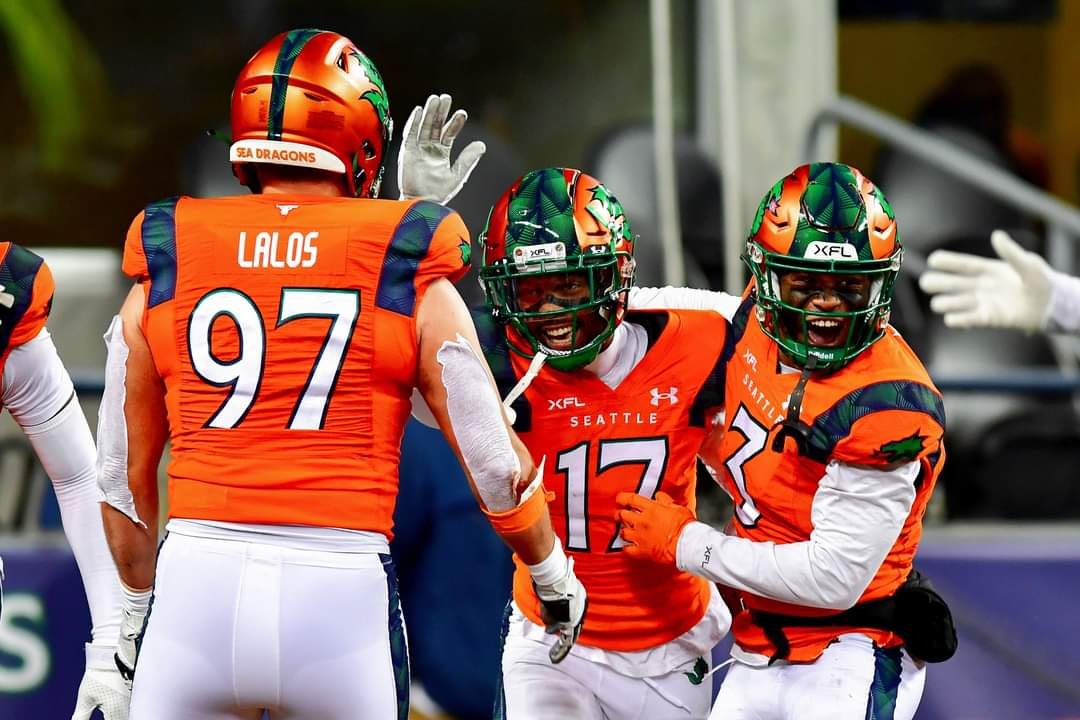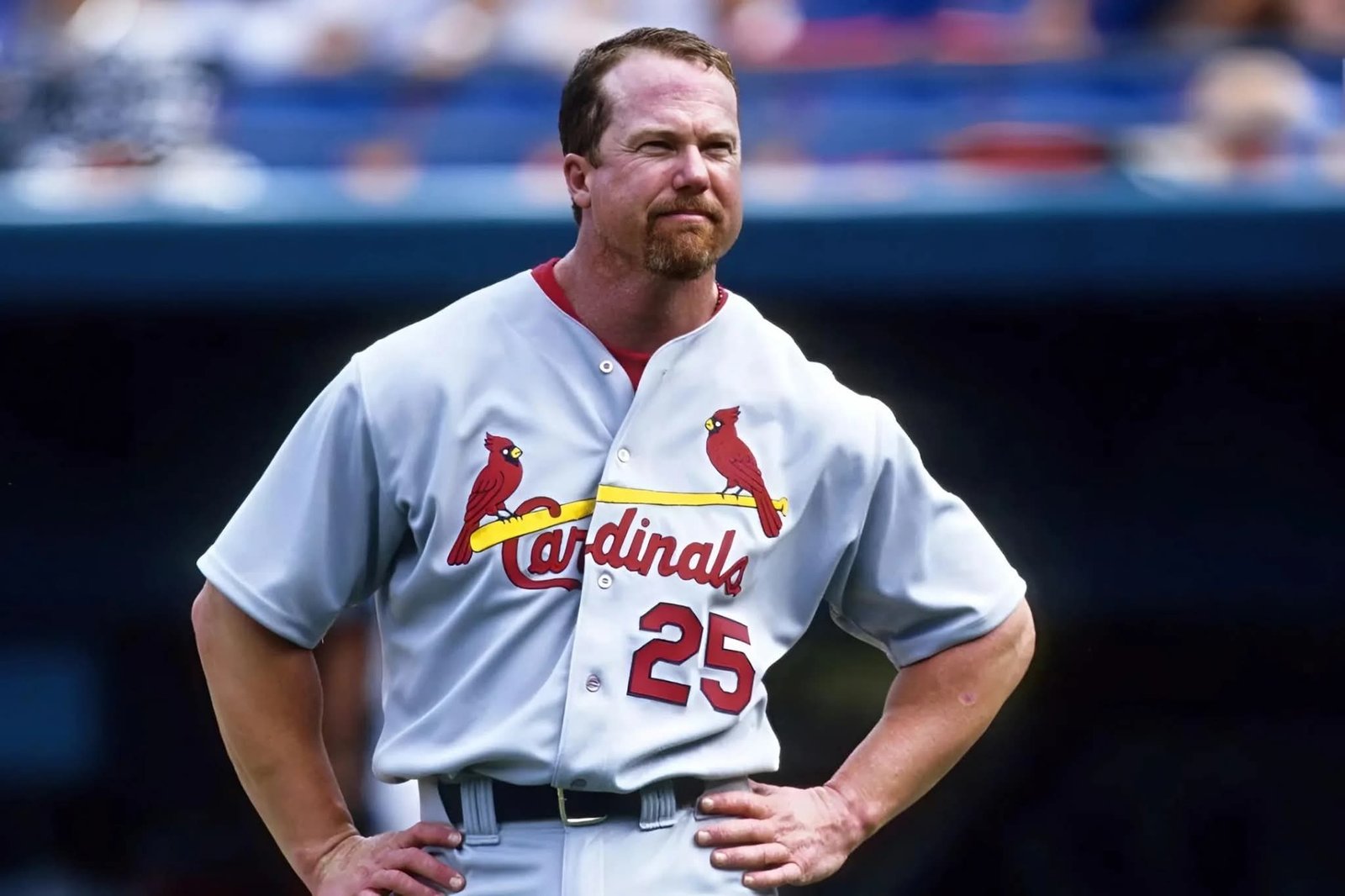
If Sean McVay does not fix The offensive line the Rams season is over!!!
The Importance of Offensive Line Performance: Analyzing Matthew Stafford’s Struggles Against the Eagle
The performance of quarterbacks can often be scrutinized and assessed in a variety of contexts. However, the effectiveness of a quarterback is inextricably linked to the performance of the offensive line that protects him.
This relationship was starkly evident in the recent game between the Los Angeles Rams and the Philadelphia Eagles, where Rams quarterback Matthew Stafford found himself in precarious situations due to significant issues with his offensive line.
The level of protection Stafford received not only dictated his own performance but also heavily influenced the outcome of the game. In this essay, we will analyze the ramifications of Stafford’s offensive line struggles, look at the strategies employed by the Rams to counteract the pressure, and reflect on the importance of fixing these issues for both Stafford’s future and the overall success of the team.
The Impact of a Weak Offensive Line on Quarterback Performance
Offensive linemen are often the unsung heroes of football, rarely receiving the recognition they deserve, yet their role is crucial to a team’s success. A proficient line protects its quarterback from opposing defenders, creates running lanes for backs, and facilitates a fluid offensive rhythm.
Conversely, a weak offensive line can lead to a plethora of issues, not just for the quarterback’s individual stats, but also for the team’s performance overall. In the matchup against the Eagles, Stafford was sacked five times, a glaring statistic that underscores the inadequacies of the Rams’ offensive line.
Notably, these sacks occurred despite a lack of consistent blitzing from the Eagles’ defense, indicating that the pressure Stafford faced often stemmed from failures in basic pass protection. Matthew Stafford himself acknowledged that they “tried to mix it (up)” as much as possible to combat the pressure, which is a clear indication of how severely the line’s performance impacted the game plan.
Adapting Strategies: Attempting to Counteract Pressure
When faced with immense pressure from a defense, offensive coordinators will often employ a variety of strategies designed to alleviate that pressure and maximize the quarterback’s effectiveness.
In Stafford’s case against the Eagles, the Rams attempted several methods aimed at moving the ball while facing relentless pressure. They employed rollouts to move the pocket, attempted to establish the run game, worked on quick passes, and utilized play-action to keep defenders off balance.
Despite these efforts, the Rams’ offensive strategies proved to be ineffective in the face of the Eagles’ defensive line. Stafford lamented that the Rams “didn’t put ourselves in a lot of favorable” third downs, resulting in the team’s ineffective 0-for-8 performance on third downs for the game.
This inability to convert crucial third downs is a direct reflection of the offensive line’s struggles and the subsequent failure of the offensive plan. When a team is stuck in long-yardage situations or unable to convert, they cannot establish a rhythm, leading to stalled drives and missed opportunities.The Rams initially showed promise by marching into the red zone on consecutive possessions, hinting at the potential success of their offensive scheme.
However, once in scoring position, the inability of the line to maintain proper blocking resulted in missed opportunities and further stalled drives. Three consecutive three-and-outs following those promising starts exemplified how a collapsing offensive line can directly translate to lost momentum and points.
Your guess is as good as mine,” head coach Sean McVay said Wednesday, when asked by a reporter whether there will be a time this season that they play their projected five starters on the offensive line:
I do know this, those guys have wanted to be out here and it’s been… 2022 was a different year, but in terms of the amount of moving parts and where guys are out for not the whole year, but extended periods of time, that affects your ability to develop some continuity. I feel for those guys. It’s been challenging and unique circumstances for sure. You certainly hope so, but here we are ten weeks in and it just seems like you’re getting more resilient to be able to handle it but I do feel for the guys. That’s one of the worst parts about this is the amount of work, time, effort, and dedication that goes into preparing for a season and then when a lot of things happen, especially for these players, that are totally out of their control and it limits their availability to be able to go out and compete with their teammates and be factors for our team. That’s been challenging.
Analyzing the Game Flow and Its Consequences
The narrative of the game was drastically shaped by the Rams’ offensive line struggles. After those initial successful drives, the momentum quickly shifted to the Eagles, who capitalized on the Rams’ inability to sustain offensive production.
As the Eagles extended their lead to 13-7 by halftime, the psychological effects of poor performance could be felt not only on the field but also within the Rams’ locker room. A quarterback, such as Stafford, thrives on confidence and rhythm, both of which are hindered when he is consistently under fire.
This leads to a cascading effect: as the pressure mounts on Stafford, his ability to make quick decisions diminishes, leading to further mistakes and errors. This harsh reality became evident in the second half as the Rams struggled to execute the plays that might have turned the tide of the game.
The dangers of poor offensive line performance extend beyond the present game; it can also hinder the long-term development of the quarterback and leave him hesitant in future situations.
Need for Immediate Solutions
With the Rams’ overall success hinging on the performance of their offensive line, it is clear that immediate solutions are necessary. Sean McVay, the Rams’ head coach, must prioritize fixing these issues to ensure that Stafford can operate effectively moving forward.
Addressing communication issues, technique flaws, and strengthening player assignments should be the primary focus in training and preparation sessions. In a league where every game can heavily impact playoff standings, neglecting to address offensive line woes can lead to detrimental repercussions.
The Rams must bolster their offensive line through potential trades, free agency acquisitions, or by developing young talent within the organization. Establishing a robust offensive line will not only enhance Stafford’s performance but will also benefit the overall efficiency of the Rams’ offense.
Matthew Stafford’s performance against the Philadelphia Eagles serves as a stark reminder of the essential nature of a strong offensive line in professional football. The consequences of allowing the offensive line issues to persist could not only affect individual games but could also stunt the growth of the team and their star quarterback.
While the Rams attempted to counteract the pressure through various strategies, they ultimately fell short, and the ramifications were evident in both their offensive output and game momentum.The conjunction of Stafford’s talent and a competent offensive line could yield significant returns for the Rams, as the quarterback possesses the skill necessary to execute plays and lead a successful offense.
Therefore, it is imperative for McVay and the Rams to address their blocking challenges to reinvigorate their offensive scheme and increase their chances for success in future matches. The outcome draws attention to an essential truth in football: in order to support a great quarterback, a strong offensive line must be built, solidified, and maintained as a priority. Only then can the potential of a quarterback like Matthew Stafford be fully realized on the field.



